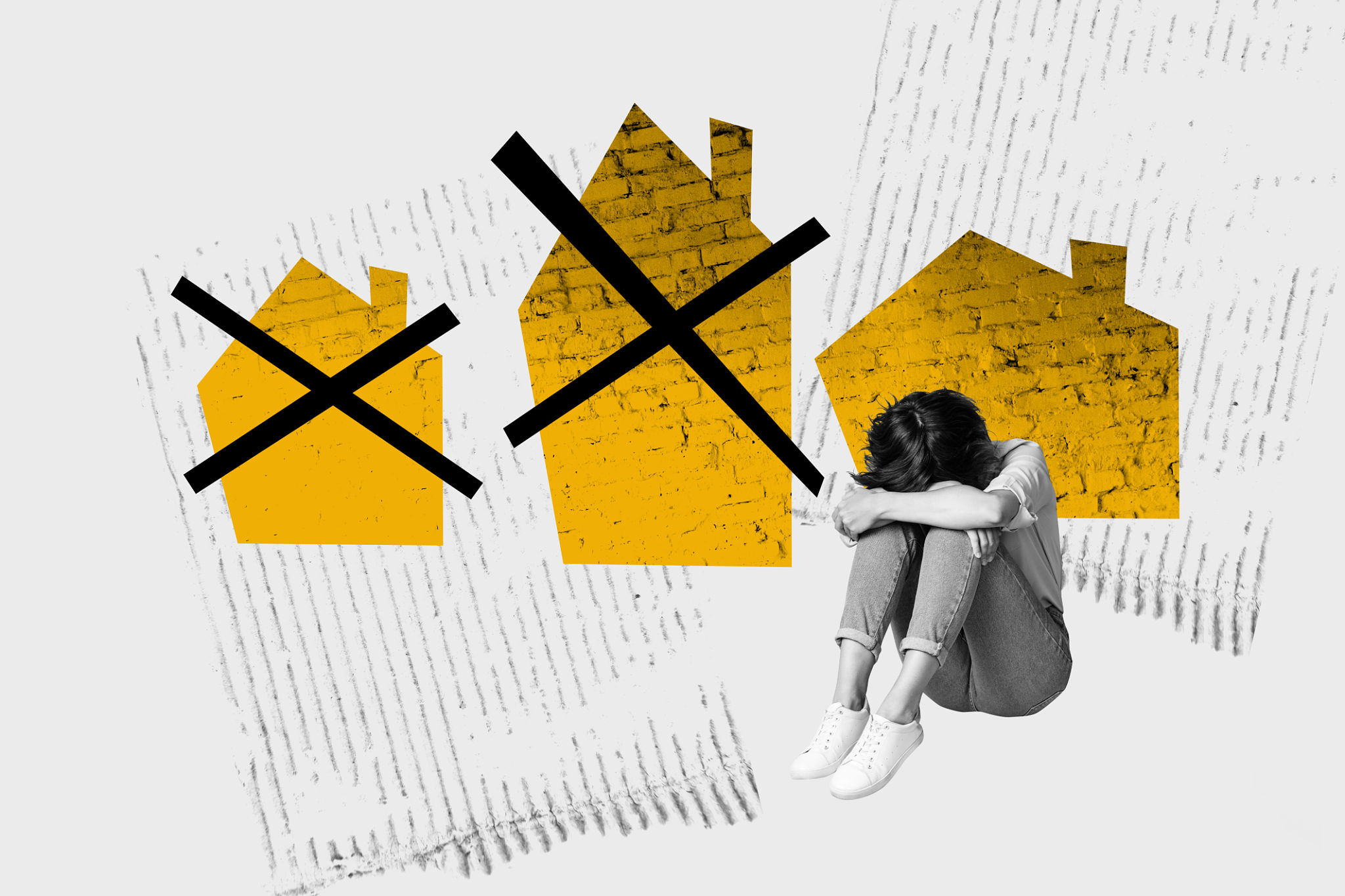The Healing Power of Art: How Creativity Helps the Homeless
The Transformative Role of Art in Healing
The impact of art on mental health and well-being is profound, offering therapeutic benefits that can be particularly powerful for the homeless community. Through creativity, individuals are able to express themselves, process emotions, and find a sense of purpose. Many organizations have recognized this potential and are incorporating art programs to aid in the rehabilitation and empowerment of those experiencing homelessness.
Art serves as a universal language, breaking down barriers and allowing people from diverse backgrounds to connect on a deeper level. For those without a home, creating art can provide a much-needed escape from the harsh realities of daily life, offering a temporary sanctuary where they can explore their thoughts and emotions freely.

Art as a Tool for Emotional Expression
For many homeless individuals, expressing emotions can be challenging due to trauma or societal stigma. Art offers a safe and non-judgmental space to explore feelings that might otherwise remain unspoken. Through painting, drawing, or sculpting, they can convey complex emotions such as anger, sadness, hope, or joy, often finding relief in the process.
This expression is not only cathartic but also helps in building self-awareness and emotional resilience. By externalizing their experiences through art, individuals can gain new insights into their personal narratives, enabling them to move forward with greater clarity and confidence.
Building Community and Connection
Participating in art programs also fosters a sense of community among homeless individuals. Group workshops and collaborative projects encourage social interaction and teamwork, helping to alleviate feelings of isolation and loneliness. These connections can be vital in building a support network that encourages individuals to pursue positive changes in their lives.

Art programs often involve showcasing the participants' work in public exhibitions, which can be incredibly empowering. This not only provides validation and recognition but also challenges public perceptions of homelessness by highlighting the talents and stories of those affected.
Enhancing Life Skills and Opportunities
Engaging with art can help develop essential life skills such as problem-solving, patience, and focus. These skills are transferable to other areas of life and can assist individuals in overcoming various challenges they face. Moreover, creating art requires dedication and discipline, qualities that are crucial for personal growth and development.
Some organizations also offer vocational training in arts-related fields, providing valuable opportunities for homeless individuals to gain new skills that can lead to employment or further education. By nurturing creativity, these programs open doors to new possibilities and pathways towards self-sufficiency.

Success Stories and Future Prospects
There are numerous success stories of individuals who have turned their lives around through art. These stories serve as powerful testimonials to the transformative power of creative expression. As more organizations recognize the potential of art in addressing homelessness, there is a growing movement to expand these programs and make them more accessible.
In conclusion, the healing power of art offers hope and empowerment to those experiencing homelessness. By fostering creativity, these initiatives not only provide immediate relief but also pave the way for long-term change and personal growth. As communities continue to support and invest in these programs, countless lives can be transformed through the simple yet profound act of creating art.
